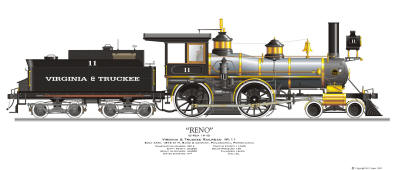For Bastelmike
Maybe this is a little late, but I'm no computer 'type' and I've just joined.
Perhaps what I've got to offer might help. I'd agree with most of the other posts about plans as being expensive, but you can always buy just the 'bits' you need. I find my builds in 5" gauge (1 inch to the foot) are nearly always restricted by locally available materials. I live in Australia and I do envy you guys in the Northern half, where almost anything is available.
Given available materials, it has been the case that most deviations from established designs have simplified construction. The 'core' of the original designs are essentially there., for example, valve gear layout(s), but pretty much everything else is adapted to suit local conditions, my (limited) abilities and available machinery.
I started with a design from the UK called Sweet Pea and while it was one of the 'simpler' designs, it was certainly no easy ride. A few years down the track, I've dismantled its boiler and am rebuilding it to allow more steam space and including a dome, as priming has been a problem.
You have mentioned boilers and I would suggest you Google up The Australian Miniature Bioler Safety Committee (AMBSC), which has published a very good set of 'codes' for both copper and steel boilers. I don't think you'll go far wrong in following their codes. To the best of my knowledge, the AMBSC is alone with such an offering. I could stand corrected.
My boilers are in 4mm copper. I rolled the barrels and silver-soldered most of the seams, with some bronze brazing. Tubeplates and other platework is hand beaten over steel formers.
Plans can be obtained from Reeves in the UK. There's another in the Sweet Pea stable called Sweet William and it's in 7-1/4" gauge. Reeves has another called Aquila, from which I'm using sections of the design. Reeves have many, many more.
Personally, 7-1/4" gauge makes a very large model, of whatever type. Such a size of model is a real issue when it comes to handling. Some of the larger types can weigh in at well over a tonne. The machinery for such a beast need to be larger; at least larger than mine! Also track must have generous radii, certainly more generous than my 5" track, with 11m minimum radius.
Good luck!
Wazrus






